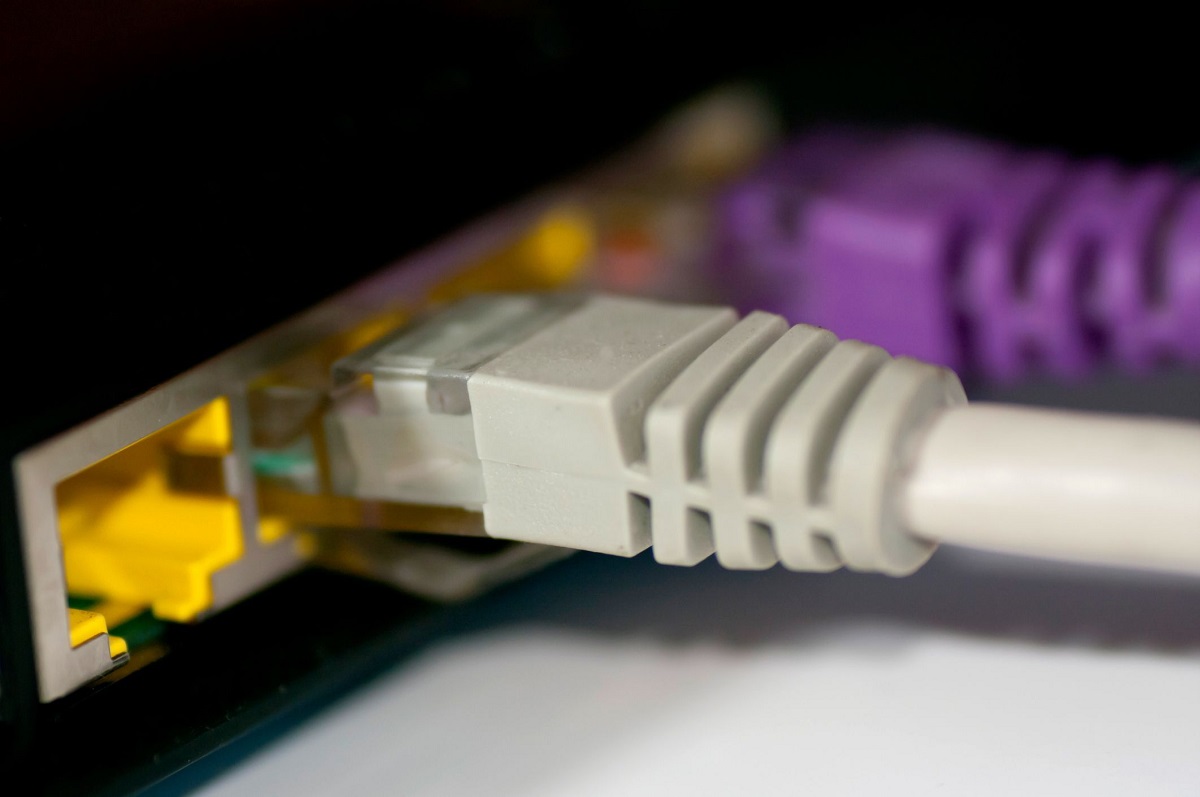
Anyone who’s ever had a computer in their life has probably stumbled across a whole lot of cables meant for different purposes. Out of all the cables, the one that’s probably bugged you the most was the broadband internet connection cable (Ethernet cable). These are standard cables used to connect a router or LAN to a modem, and a router to a computer’s network interface. A lot of laptops also use USB adapters or converters to connect to wireless networks, but that’s a lot less rare today since Ethernet cables are mostly used for desktops.
Ethernet cables are thick, flexible and indistinguishable to the naked eye, however, they are far from similar. They have been constantly evolving since the beginning and as a result, today there are different categories. Each category has different specs for data transmission speed, shielding from electromagnetic interference and possible bandwidth frequency to achieve those speeds.
A lot of confusion can arise when the common non-tech person looks at all the available options. However, the category of the cable is usually visibly printed on the cable itself, so if you know where to look, you can easily find the category the cable belongs to. One of most commonly used categories nowadays, is the category 5 patch cable.
The category 5 patch cable is the successor of the category 3 cable, or station wire, which was one of the oldest in use until recently. And just like the cat 3, it’s a UTP cable, but it’s able to transmit data at much higher transfer rates. Thanks to the cat 5 cable, the 10/100 Mbps speed was introduced to the Ethernet, which means it can support either 100 or 10 Mbps. A 100 Mbps speed is also known as the fast Ethernet, which was first introduced by this particular category. Furthermore, the cat 5 cable can be used for video and telephone signals.
You might be wondering how does a physical cable decrease interference and provide faster speeds? It does that through isolation and wire twisting. There are two main differences between the cat 5 and cat 6 cables, for example – the sheath thickness and amount of twists per centimetre. And while cable twisting is not standardized, there are usually 1.5 to 2 twists per cm in the cat 5 models and above 2 twists in the cat 6. So our tip is, if you’re looking for an affordable Ethernet cable to secure your connections, a cat 5 or above category will definitely be good enough for you and your business, regardless how many connections you want to secure.


